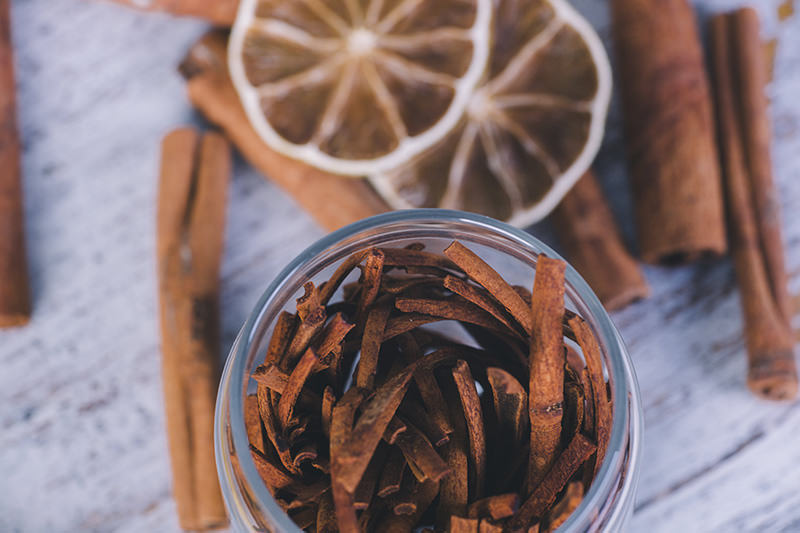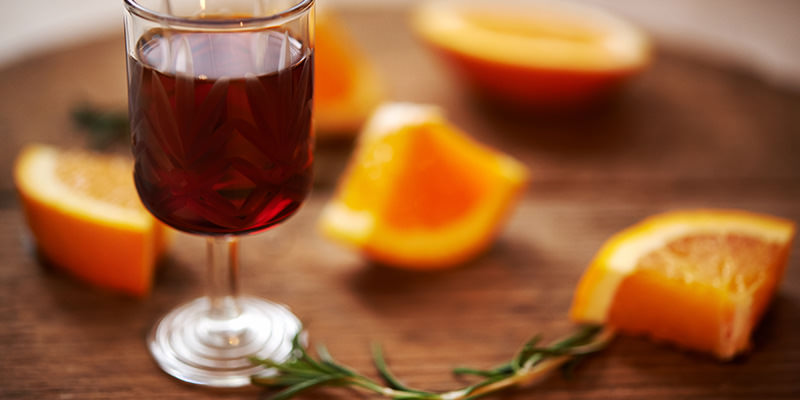Amaro means bitter in Italian. So yeah, that’s not a great starting point if we’re trying to sell a spirits category to you. But just bear with us a) because it’s cool and Italian and b) because amari are delicious, multi-functional, and, did we mention they’re cool and Italian?
There’s actually a fairly diverse range of amari, aka “potable bitters,” out there, but let’s start with the basics of “what the hell is it and why do I need to fork over another $20 to stay cocktail-culturally relevant?” Fair question. As we said, the singular “amaro” means bitter in Italian, and amari are all varieties of bittersweet liqueurs — most, but not all of them, Italian. And they’re also typically taken as digestivos, that little shot of something warm and soothing to help you harness the giant meal you just ate. Which should also explain why most amari are Italian — they know the art of eating well.
Unfortunately for those of us not looking to lose our minds at the liquor store (and what we’ve learned about Vermouth might already have us halfway there), the world of amari is very …diverse, hard to pin down into a representative style. From a flavor-greed perspective, that’s a good thing. But it can also mean the category will intimidate you away from actually — can we say this? — tasting the rainbow. Of amari.
So how do we simplify an inherently complex category? Well, first, a few commonalities. Amari are bittersweet liqueurs, and if we recall a liqueur is defined by the addition of sugar. So no matter how many bittering ingredients are added to an amaro, there will always be a residual — and nicely balancing — note of sugar. Second, amari of all styles are made by macerating what’s basically a potpourri-satchet’s worth of spices, bark, herbs, and citrus peels in either a wine or a neutral liquor. Plus that all important sugar component, often in the form of syrup, and sometimes caramel coloring.
There’s a huge list of what can go into amari (we’re honestly not sure if it’s legally defined or not) but don’t let that freak you out! Honestly, once you realize the kind of stuff that goes into an amaro — elderflower, gentian, cinchona, lemon verbena, zedoary — you’ll want to try some because it sounds like something Gandalf drinks on his days off. (Few and far between, oy, the life of a wizard.)

Given the massive variety of possible ingredients, and the choice by producers to often highlight certain ingredients (think citrus, herbs, bitterness, even vegetables, but we’ll get to that), no amaro is created equal. Producers, many of whom have been doing this for a century-plus, have carefully guarded recipes. And they yield anything from the arch-bitter, mentholy Fernet Branca to the slightly richer, more citrus-focused Amaro Nonino, to Averna Amaro, which has a stronger sweetness balanced by herbs, citrus, and bark flavors. Really, the nose has some brown sugar and orange, with more citrus on the palate. Why we haven’t been pouring this stuff over ice cubes all summer long is a mystery to us.
Speaking of, if you try Branca Menta, which, like Fernet, Averna, and Nonino is widely available, you’ll realize it tastes like a deliciously rich candy cane exploded in your mouth. In the best possible way that could happen. Another candidate for late summer poolside relaxation. Again, we can’t stress enough, most of these are cool and Italian. And even the ones that aren’t Italian are still delicious and cool.
Of course, if you really want to blow minds and palates, put a liter bottle of Cynar on the table before or after a meal. Your guests will be mystified by the artichoke on the label but you can just inform them that Cynar is a bitter Italian liqueur, aka “amaro,” that’s prominently flavored with artichoke. Yeah, they’ll freak out, but give them a sip first (your friends are fun, they’ll try anything). The up-front sweetness gives way to a focused bitterness that’s evened out by just a hint of something vegetal. But no, this won’t taste like you’re eating artichoke leaves in butter. Though that might just be delicious for a newfangled vodka flavor?
The worlds of vermouth and Campari are also blended into the amari category, largely because you can find bitter vermouths (remember that fun hand gesture behind Punt e Mes?). And Campari is a bitter Italian liqueur — meaning it fits the amaro bill — although unlike most amari, Campari and its ilk are consumed as apertivo. And that’s where the most important clarifying distinction comes up.
Amaro is a broad category, busting with spices, herbs, and dried citrus peel like a fruitcake recipe gone wild. But it’s also functional, consumed either as an apertivo or a digestivo. The apertivo amari tend to be lighter, like Campari, which is bright rosy pink and citrusy-bitter; digestivo amari tend to be darker, indicating more of that bark/bitter/spice flavor that might actually aid your stomach in its quest for peace. And that’s basically all you need to know when seeking out an amaro to try. Expect some bitterness, some sweetness, and a mysterious, witchy tangle of herbs, roots, and spices that’ll do a loving number on your digestive tract. Before or after the feast.

